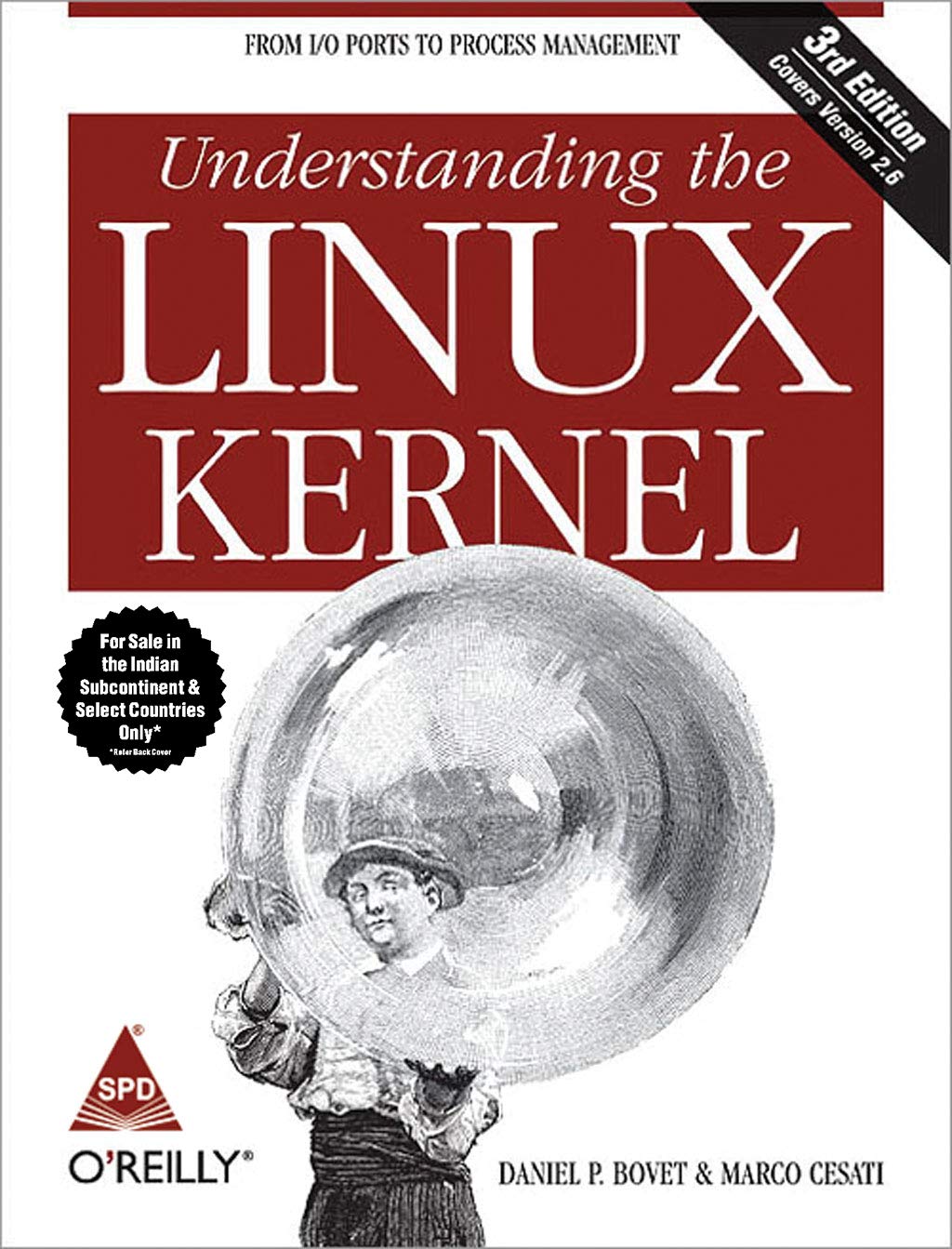BOOKZONE
Understanding the Linux Kernel, 3/e
Paperback
by Daniel P. Bovet
SKU:9788184040838
Bulk Discount Get Exta 5% upto 10%
Share

In order to thoroughly understand what makesLinux tick and why it works so well on a wide variety of systems, you need todelve deep into the heart of the kernel. The kernel handles all interactionsbetween the CPU and the external world, and determines which programs willshare processor time, in what order. It manages limited memory so well thathundreds of processes can share the system efficiently, and expertly organizesdata transfers so that the CPU isn't kept waiting any longer than absolutelynecessary for the relatively slow disks.
The third edition of Understanding the Linux Kernel takes youon a guided tour of the most significant data structures, algorithms, andprogramming tricks used in the kernel. Probing beyond superficial features, theauthors offer valuable insights to people who want to know how things reallywork inside their machine. Important Intel-specific features are discussed.Relevant segments of code are dissected line by line. But the book covers morethan just the functioning of the code; it explains the theoreticalunderpinnings for why Linux does things the way it does.
This edition of the book covers Version 2.6, which has seen significant changesto nearly every kernel subsystem, particularly in the areas of memorymanagement and block devices.
The book focuses on the following topics:
- Memory management, including file buffering, process swapping, and Direct memory Access (DMA)
- The Virtual Filesystem layer and the Second and Third Extended
- Filesystems
- Process creation and scheduling
- Signals, interrupts, and the essential interfaces to device drivers
- Timing
- Synchronization within the kernel
- Interprocess Communication (IPC)
- Program execution
Understandingthe Linux Kernel will acquaint you with all the innerworkings of Linux, but it's more than just an academic exercise. You'll learnwhat conditions bring out Linux's best performance, and you'll see how it meetsthe challenge of providing good system response during process scheduling, fileaccess, and memory management in a wide variety of environments. This book willhelp you make the most of your Linux system.


